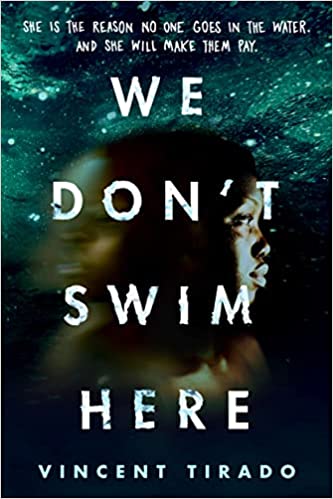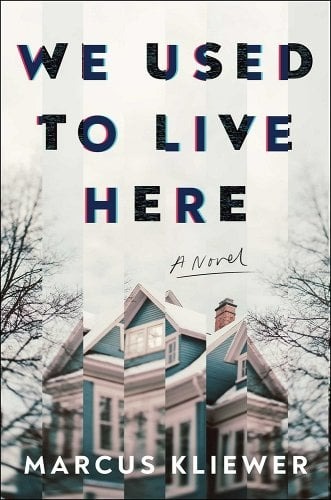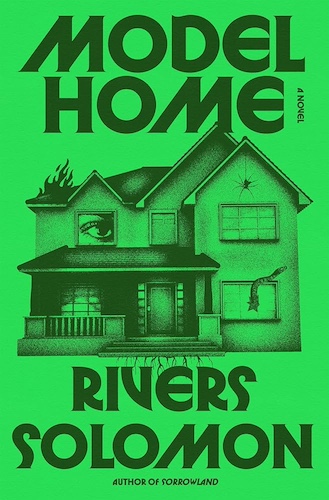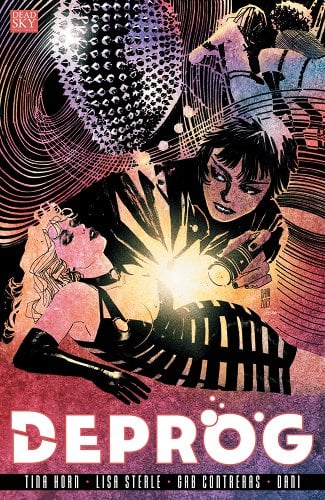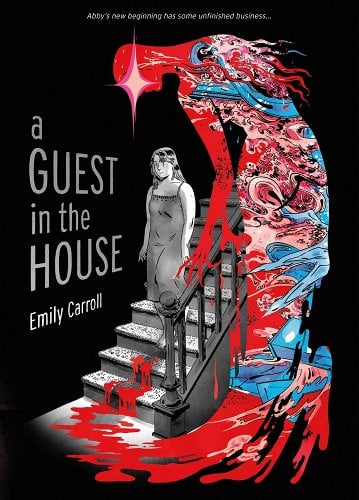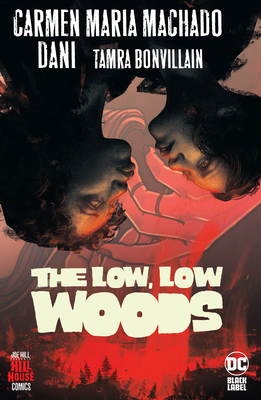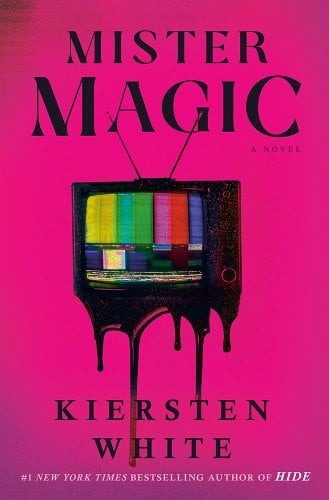Tirado’s second young adult horror novel is an alternating POV story following two main characters: cousins, Anais and Bronwyn. Anais has always lived in the small, rural, secluded town of Hillwoods, a place to which Bronwyn is now forced to move so that her entire family may spend time with her grandmother while she’s inRead More
The Successor to House of Leaves: We Used to Live Here by Marcus Kliewer
If you’re looking for a haunted house story to really get under your skin, We Used to Live Here is for you. It’s a slow build, but by the end, it was the kind of story that had me seeing things in the shadows of my room at night. We follow Eve, who has justRead More
This Queer Horror Book Will Haunt You: Model Home by Rivers Solomon
This was my first Rivers Solomon book, and from the first page, I understood why I’d heard such good things about them. Here are the opening lines: “Maybe my mother is God, and that’s why nothing I do pleases her. Maybe my mother is God, and that’s why even though she’s never once saved me,Read More
A Hardboiled Lesbian Detective Comic: Deprog by Tina Horn, Lisa Sterle, Gab Contreras, and DaNi
If a gritty noir graphic novel with a “hardboiled hard drinking leather loving dyke detective” sounds up your alley, pick Deprog up—though you might want to give the content warnings a glance first. I thought that was what I wanted, but I quickly realized this was a darker read than I’m currently in the headspaceRead More
A Gory Graphic Novel to Kick Off Sapphic Spooky Season: A Guest in the House by E.M. Carroll
As October approaches, consider adding sapphic graphic novel A Guest in the House by E.M. Carroll (they/them) (previously credited as Emily Carroll) to your TBR. Winner of the 2024 Lambda Literary Award for LGBTQ+ Comics, A Guest in the House follows Abby, an unassuming small-town woman who has just gotten married to David, a recently widowed dentist, and isRead More
Haunted by the Past: She is a Haunting by Trang Thanh Tran
Buy this from Bookshop.org to support local bookstores and the Lesbrary! Horror is a very broad genre, and, I am inclined to say, a particularly personal one, seeing as what scares one person may not scare another, or, on the other hand, it might scare them too much. I myself love a good haunted house,Read More
How Queer is Queer Enough?: A Guest in the House by Emily Carroll
Buy this from Bookshop.org to support local bookstores and the Lesbrary! I’ve loved everything I’ve read by Emily Carroll, and A Guest In the House was no exception. The subdued, gothic scenes of the quiet horror of compulsory heteronormativity interspersed with technicolour dream sequences were extremely effective. I felt deeply for Abby, who seems toRead More
Gory, Queer Cosmic Horror: The Dead Take the A Train by Cassandra Khaw and Richard Kadrey
Bookshop.org Affiliate Link This plunge into cosmic horror follows Julie, an almost-thirty-year-old woman with a diet mainly consisting of alcohol and whatever brand of drug she has lying around, through the streets of New York as she tries to keep herself afloat doing odd monster-hunting jobs. What really kicks the story off, though, is herRead More
Folk Horror Misogyny: The Low, Low Woods by Carmen Maria Machado and DaNi
Bookshop.org Affiliate Link I read this during Dewey’s 24 Hour Readathon in the last hour before I went to sleep, and I think this is a perfect choice for a horror graphic novel to read on an October night. El and Vee are two queer teens living in the small town of Shudder-To-Think. As theyRead More
Childhood Nostalgia is a Trap: Mister Magic by Kiersten White
Bookshop.org Affiliate Link I wasn’t sure if I would review this for the Lesbrary at first, because although the main character mentions that she’s bisexual at the beginning, it didn’t seem to come up again. Once I finished it, though, I realized that queerness is essential to the underpinning of the story. (There are alsoRead More
